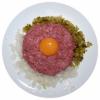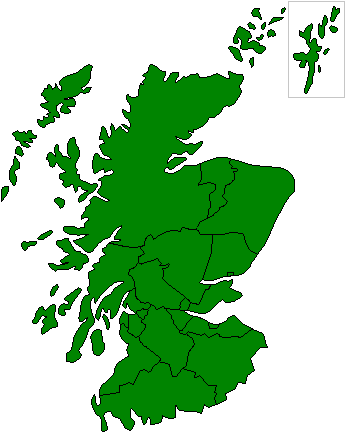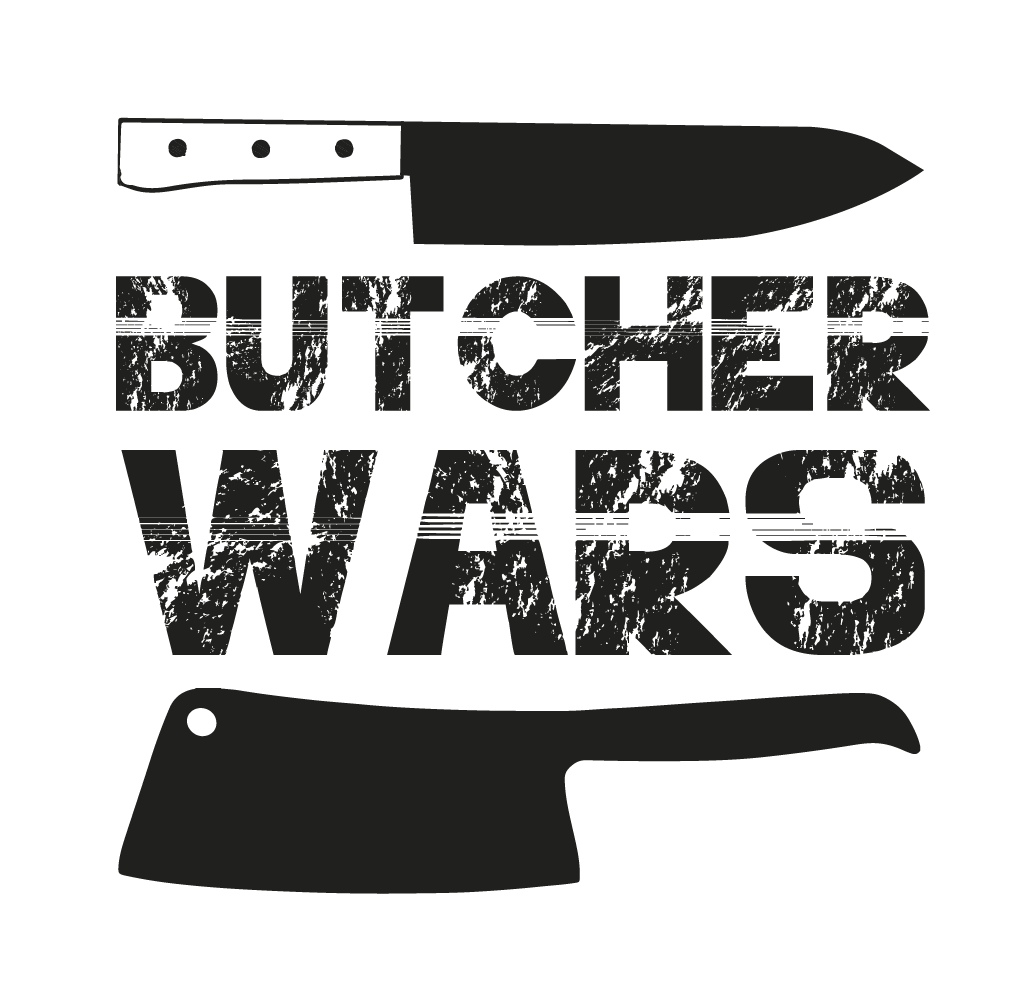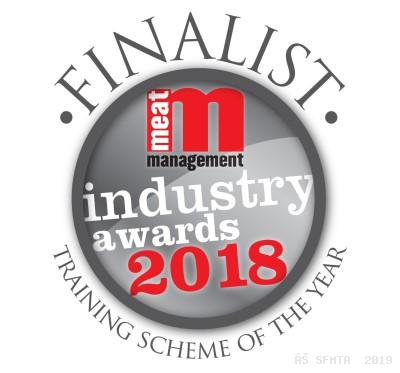Preparation of Steak Tartare
Guidance - Raw and rare meat dishes

Raw meat can be contaminated with pathogenic bacteria including Salmonella, Campylobacter and pathogenic E. coli. Cooking meat will generally destroy these microorganisms; however, raw/ rare meat dishes such as ceviche, kibbe, steak tartare and some burgers may not undergo a pathogen control step.
If prepared in the business then the onus is on the food business to ensure the microbiological safety of the meat.
Precautions to be taken when preparing raw and rare meat dishes include:
• Only select raw meat that it is high quality (e.g. whole muscle primal cuts) and very fresh from a reputable supplier.
• Refrigerate raw meat at or below 5°C before it is prepared and served. It should be stored on the bottom shelf of the refrigerator or in sealed containers to avoid juices dripping onto other foods.
• To prevent contamination of the meat during handling, wash hands thoroughly with warm water and soap both before and after touching raw meat. Ensure clothing and work spaces are kept clean.
• To avoid raw meat juices cross-contaminating other food and food contact surfaces:
» Prepare raw meat dishes away from other foods, especially ready to-eat foods.
» Trim the exterior of the meat, then use another knife and board for further chopping (or clean and sanitise the trimming knife and board before further use).
» Use a separate chopping board and utensils for other foods, or thoroughly clean and sanitise all equipment used with raw meat before using it for other foods.
• Raw meat dishes should not be served to vulnerable people, such as children, the elderly or ill.
• Minced meat, such as in hamburger patties and sausages, should generally not be served rare or raw. It should be cooked right through, as the mincing process distributes surface pathogens throughout the meat. High-quality mince made on-site from whole muscle trimmed of exterior flesh and used immediately may, however, pose a lower risk.
views: 27,776










_2082_1403.jpg)

